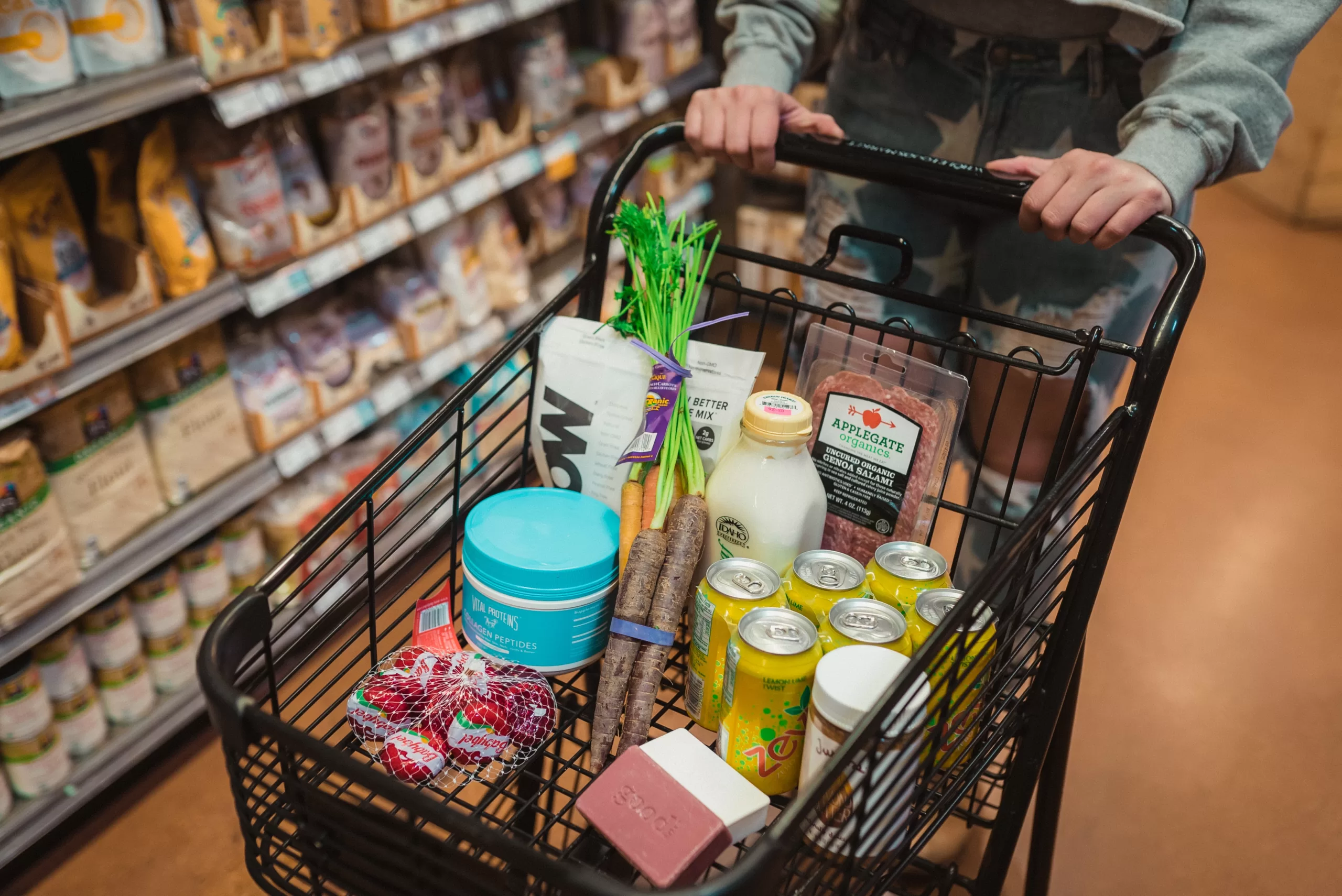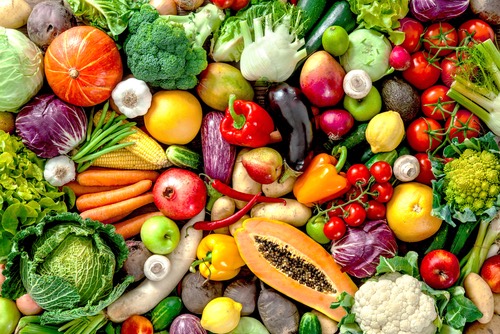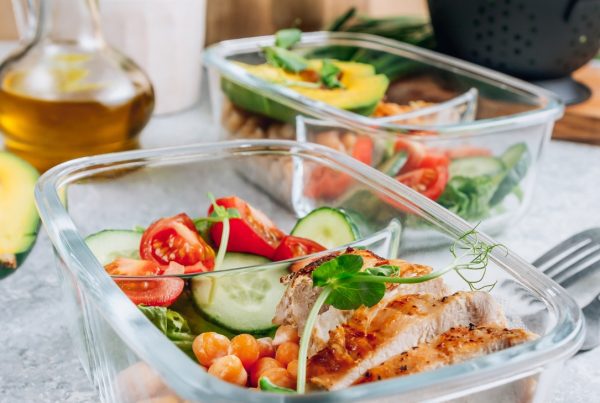In recent years, food labels like “vegan,” “gluten-free,” and “fat-free” have gained popularity as people become more health-conscious.
While claims like vegan, gluten-free, and fat-free are voluntary choices made by the industry and can be associated with healthier eating habits, they are also a marketing strategy to make you buy them.
It’s essential to understand that these claims on food labels don’t automatically make the products a healthy option. You need to take into consideration their nutrient and ingredient composition. In this article, we’ll delve into why vegan, gluten-free, and low-fat products may not always be the best choice and how to make informed dietary decisions.
Before we jump into it, note that I want to bring to your awareness the makeup of industrialized PRODUCTS, rather than the profile of diets. Vegan, gluten-free, and low-fat can certainly be healthy diets, as long as they meet your dietary needs, and include products that align with these needs.
Vegan
A vegan diet (which excludes all animal products) can be rich in fruits, vegetables, nuts, seeds, grains, and fiber, providing an excellent variety of vitamins, minerals, and phytonutrients. It also tends to be low in saturated fats, which can contribute to the health of your cardiovascular system.
However, this is not true for some products labeled as vegan. Such products rely heavily on a combination of processed ingredients to obtain shelf-stable vegan products. They are often high in sugars, fats, and sodium but lack phytonutrients which are abundant in a vegan diet composed of whole foods and necessary for optimal health.
If you’re choosing to go vegan, opt for whole grains such as brown rice, beans, lentils, and quinoa as the main bulk of your diet They are minimally processed and sources of protein, while the vegan labels on grocery store shelves are likely highly processed.
Gluten-Free
That is the question… to be or not to be. For individuals with celiac disease, gluten sensitivity, or gluten intolerance, a gluten-free diet is the only solution to manage the condition and alleviate symptoms. It eliminates wheat, barley, and rye, providing relief from digestive discomfort and preventing further issues for certain people facing health issues.
Many packaged foods labeled as gluten-free contain excessive sugar to compensate for the loss of gluten, which gives bread and baked goods the texture and flavor. The gluten substitute might be refined starches or flour that lack fiber, an important element for a healthy diet.
If you’re trying gluten-free products, choose the ones containing whole grains as one of the main ingredients, such as buckwheat, arrowroot, and amaranth. If you tolerate gluten well to eat, the grains are a good source of protein and other nutrients beneficial to your health.
Fat-Free
Reducing saturated fat can be beneficial. They are mostly found in animal products. A low-fat diet may also be recommended for individuals with certain medical conditions, but fat is a macronutrient necessary for body functions. In fact, there are 2 essential fats that must be consumed to maintain good health. Healthy fats, like those found in avocados, nuts, and seeds, are crucial for overall well-being.
Fats enhance flavor and texture, therefore, fat-free products often have high added sugars to improve taste and can lead to an excessive intake of calories, influenced by the satiation mechanism your body turns on (or doesn’t) when fat is consumed (or not).
If you need to decrease fat in your diet, remember that this is an important macronutrient (learn more here http://All Macronutrients Matter) and it should consist of about 25 to 35% of your total calories. Choose to eat more plants, such as whole nuts and seeds, fish, and olive oil, instead of beef, milk, butter, and processed oils.
What can you do?
- Focus on Whole Foods: Regardless of label claims, prioritize whole, unprocessed foods like fruits, vegetables, whole grains, lean proteins, and healthy fats. These provide a wide array of nutrients essential for good health.
- Read Labels: When choosing packaged products, be aware of added sugars, high fat, high sodium, and artificial ingredients. Opt for products with shorter ingredient lists and recognizable components.
- Learn more about food labels. Check out the links:
Here is a quick guide to determine if the nutrients listed on the nutrition facts label are present in the product in high or low quantity: 20% or more = rich source; 10% to 19% = good source; 5% or less = low source.
Check out my article “What Are Processed Foods?” to learn more about how to spot ultra-processed foods.
Vegan, gluten-free, and low-fat can be good choices when the makeup of these diets and products includes all macronutrients, vitamins, minerals, and food groups. A dietitian or a nutrition coach can help you make the necessary adjustments to your diet according to your preferences, goals, and needs but by understanding the nuances of these labels and making informed decisions, you can begin making more informed decisions for yourself.



